The straight six has always had a special place in the hearts of enthusiasts. Perfectly balanced by design, smooth revving, and blessed with a unique exhaust note, the inline six has powered everything from dependable family cars to motorsport legends. Even though many automakers moved toward V6 engines for packaging reasons, the straight six refuses to die, and in fact is seeing a revival today. Here are ten of the greatest straight six engines ever produced, expanded with more detail on their technical brilliance, the cars that showcased them, and the cultural impact they left behind.
BMW S54 – BMW E46 M3
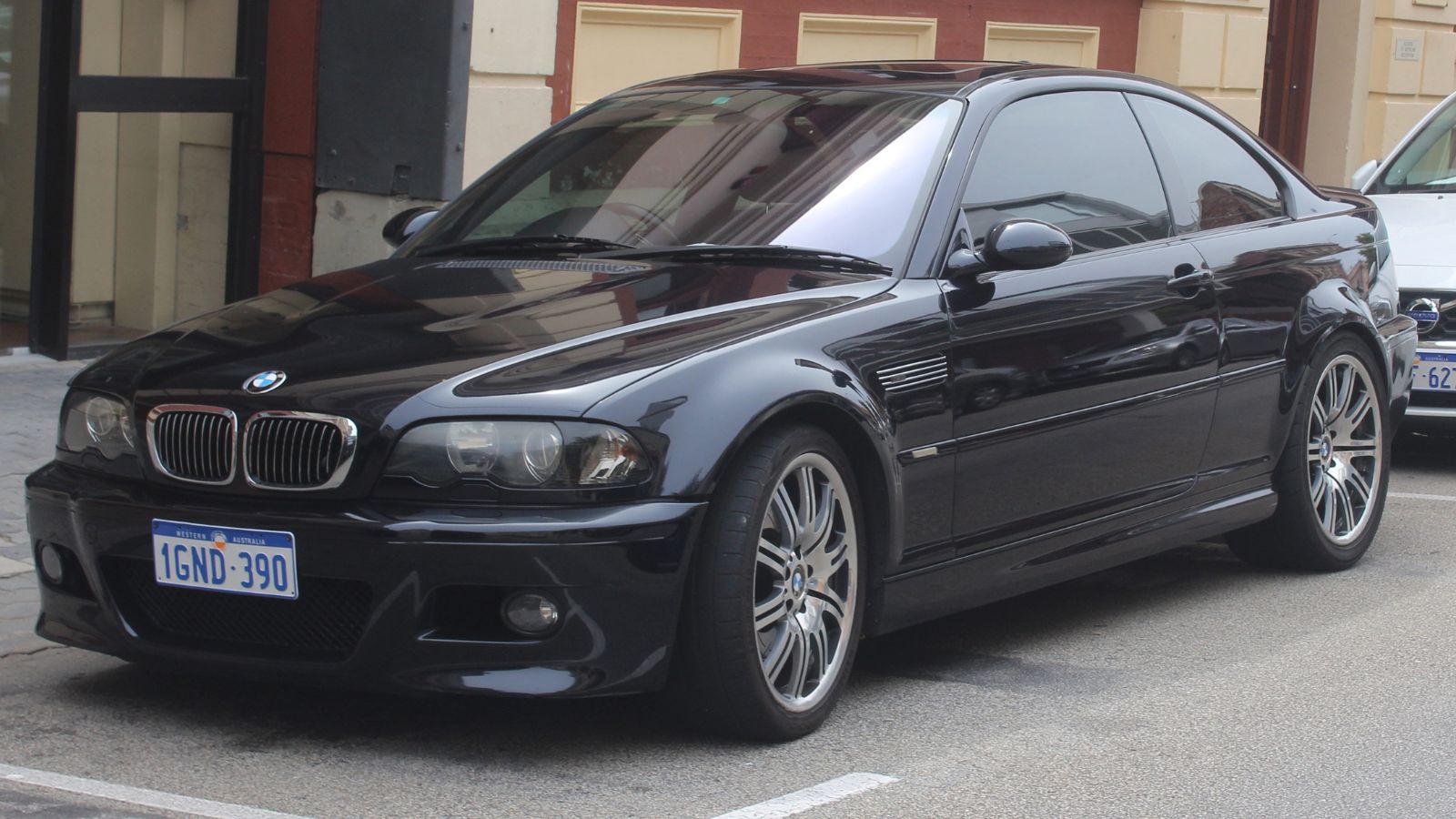
BMW has built its reputation around inline six engines, and the S54 from the early 2000s is one of the finest examples. Under the hood of the E46 M3, the 3.2 liter naturally aspirated straight six produced 333 horsepower and revved eagerly to 8,000 rpm. It featured individual throttle bodies, double VANOS variable valve timing, and a high compression ratio, all of which contributed to its razor sharp throttle response. The sound of the S54 at full song is addictive, with a mechanical growl that hardens into a scream as it nears redline. On the road, it provided a blend of smoothness and aggression that made the E46 M3 a true benchmark sports car and a modern classic.
Jaguar XK6 – Jaguar E Type
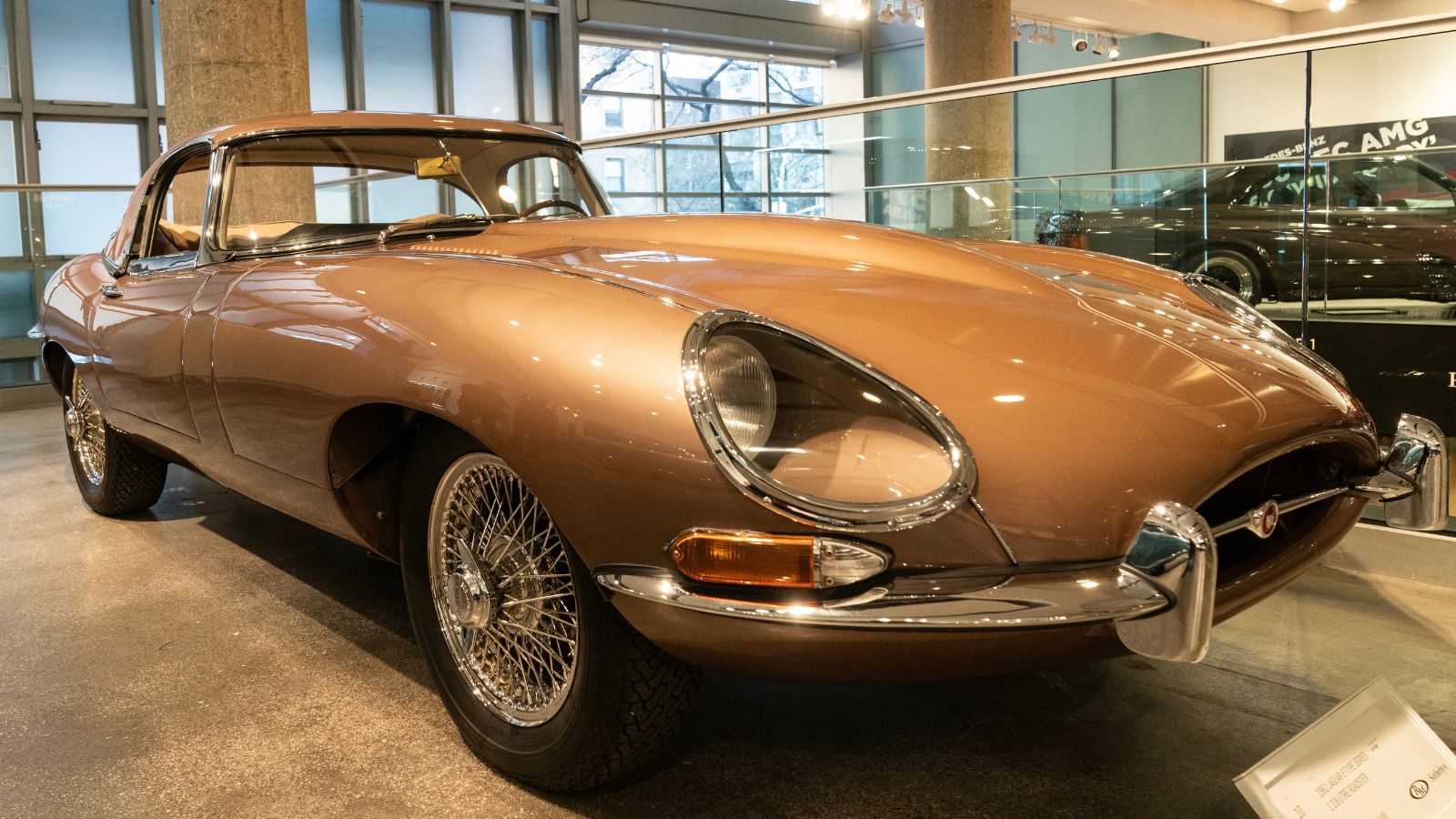
The Jaguar XK6 was born in the late 1940s and would remain in production for decades, powering everything from sedans to racing cars. It reached its most glamorous form in the 1960s when it sat under the long bonnet of the Jaguar E Type. Available in displacements up to 4.2 liters and producing as much as 265 horsepower in road form, the XK6 gave the E Type genuine supercar performance for its era. Its strong torque delivery and silky smooth character made it ideal for high speed cruising, while its competition variants won Le Mans multiple times in the C Type and D Type. This engine helped cement Jaguar’s reputation for combining performance with elegance.
Toyota 2JZ GTE – Toyota Supra Mk4
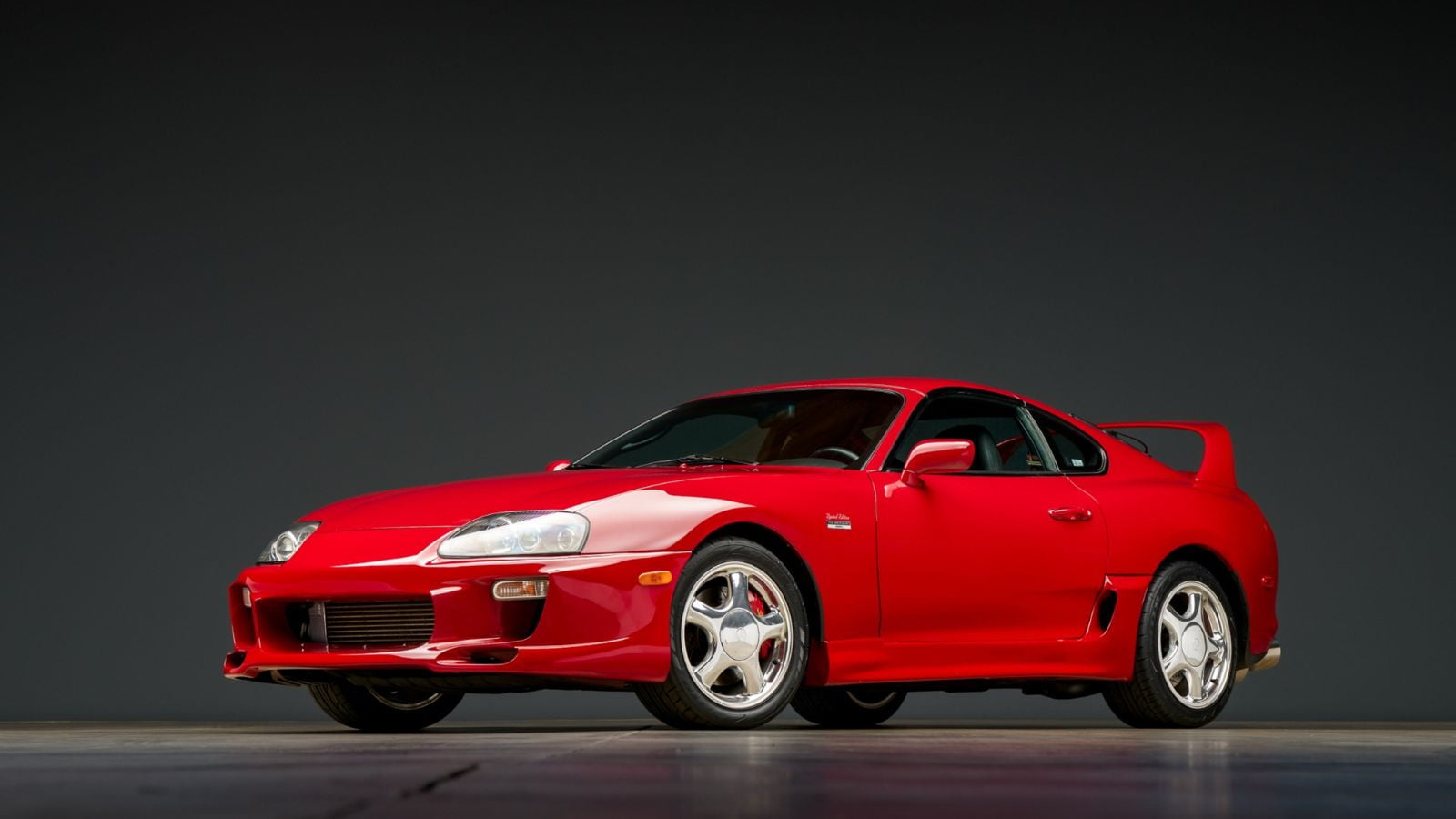
Few engines have reached mythical status quite like Toyota’s 2JZ GTE. A 3.0 liter twin turbocharged inline six, it officially made 276 horsepower in Japan and 320 in North America, but its overbuilt internals made it legendary among tuners. With a cast iron block, forged crankshaft, and robust cylinder head design, the 2JZ could handle double or even triple its factory output with only modest modifications. In the Mk4 Supra, it became a cultural icon, dominating drag strips, car shows, and Hollywood screens. The 2JZ proved that Japanese engineering could build an engine as durable as it was powerful, and its reputation still fuels an entire aftermarket industry today.
Mercedes Benz M198 – Mercedes 300SL Gullwing
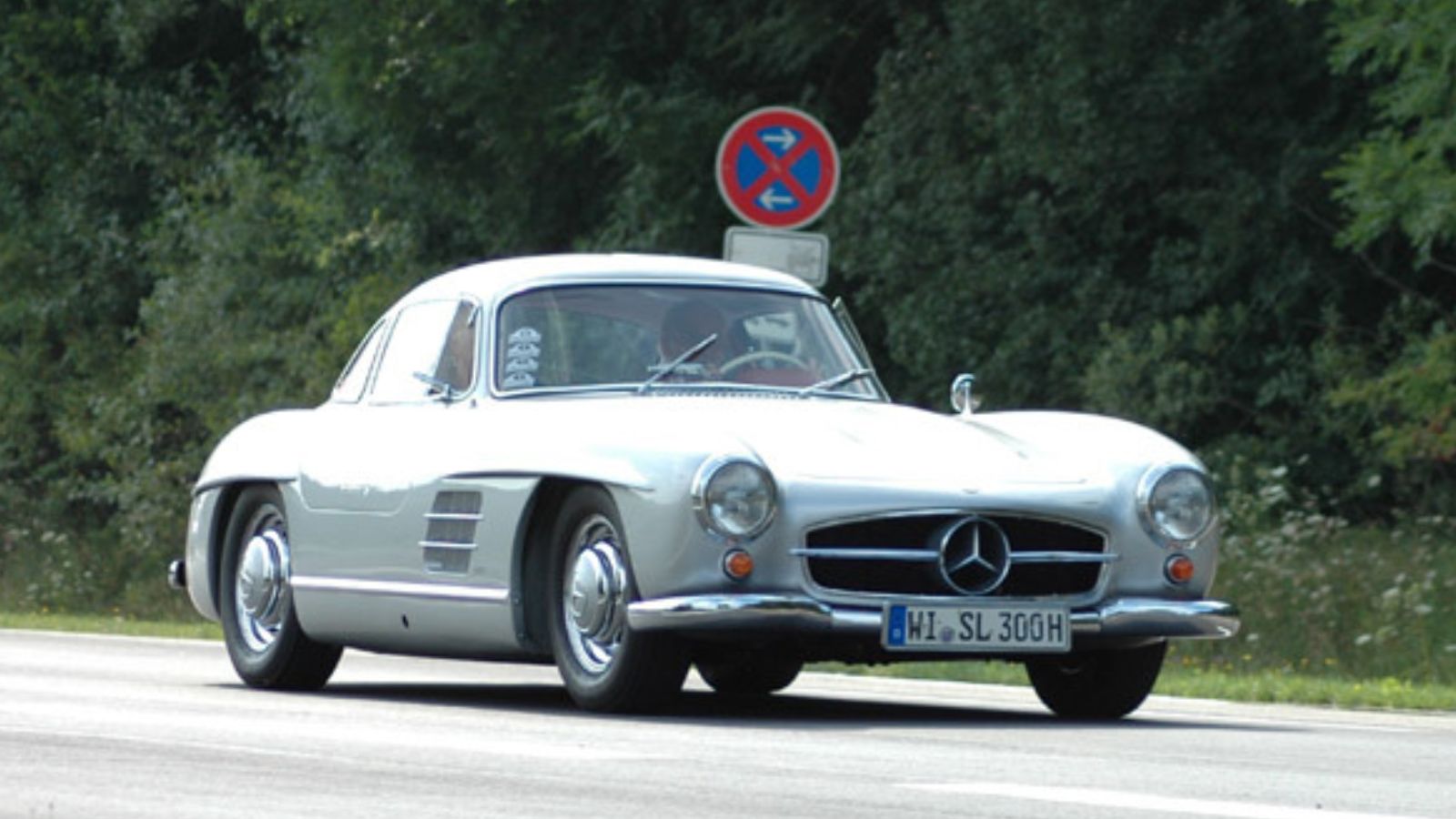
In the 1950s, Mercedes shocked the world with the 300SL Gullwing, and its straight six M198 engine was the heart of the car. Displacing 3.0 liters and producing 215 horsepower, it used mechanical fuel injection at a time when carburetors were the norm. A dry sump lubrication system allowed the engine to sit lower in the chassis, improving handling and enabling the Gullwing’s iconic low profile design. The M198 was advanced for its time and gave the 300SL a top speed of around 160 mph, making it one of the fastest production cars of its day. It was proof that a straight six could deliver cutting edge technology and stunning performance.
Nissan RB26DETT – Nissan Skyline GT R R32, R33, R34

The RB26DETT is Nissan’s most famous engine, a 2.6 liter twin turbocharged straight six that powered the R32, R33, and R34 Skyline GT R models. With an official rating of 276 horsepower (due to Japan’s gentleman’s agreement), the RB26 delivered much more in reality. Built with an iron block, six individual throttle bodies, and robust internals, it became legendary for its durability and tuning potential. Tuners regularly pushed RB26s to 600, 800, and even 1,000 horsepower. Coupled with Nissan’s advanced all wheel drive and four wheel steering systems, it gave the Skyline GT R dominance in motorsport and cemented its status as “Godzilla.” For enthusiasts, the RB26 is a symbol of Japanese performance at its peak.
Chrysler Slant Six – Dodge Dart and Plymouth Valiant
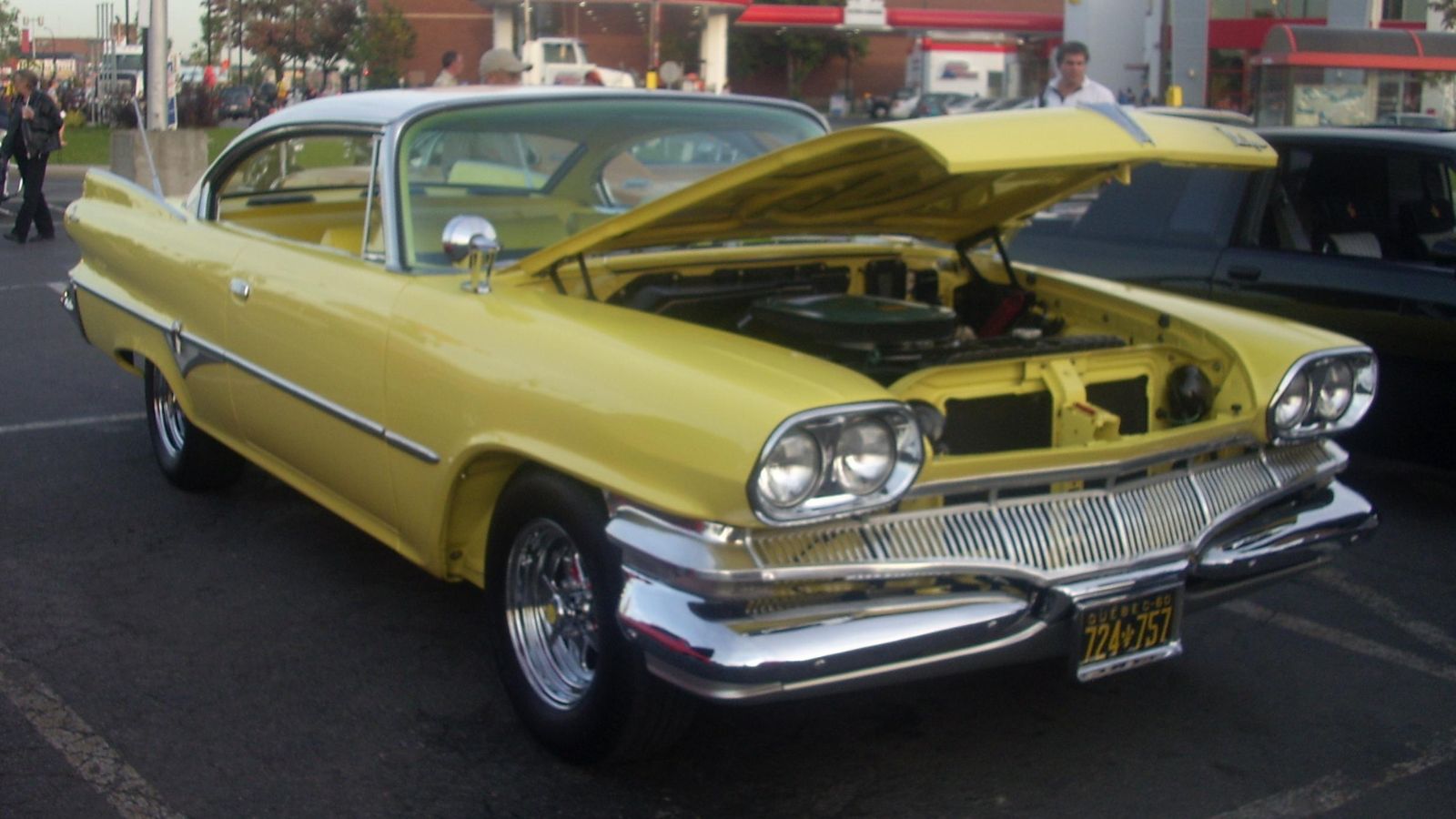
Not every great straight six needs to chase horsepower. Chrysler’s Slant Six, introduced in 1960, became famous for reliability and toughness. Its design leaned the cylinders 30 degrees to the side, allowing for a lower hood line and more engine bay space. Available in 170, 198, and 225 cubic inch versions, it produced between 90 and 225 horsepower. It powered everything from Dodge Darts to Plymouth Valiants and even found use in trucks. The Slant Six earned a reputation as nearly indestructible, often running for hundreds of thousands of kilometers with minimal maintenance. For everyday drivers, it was proof that an inline six could be practical, durable, and affordable.
Aston Martin Inline Six – Aston Martin DB4 and DB5
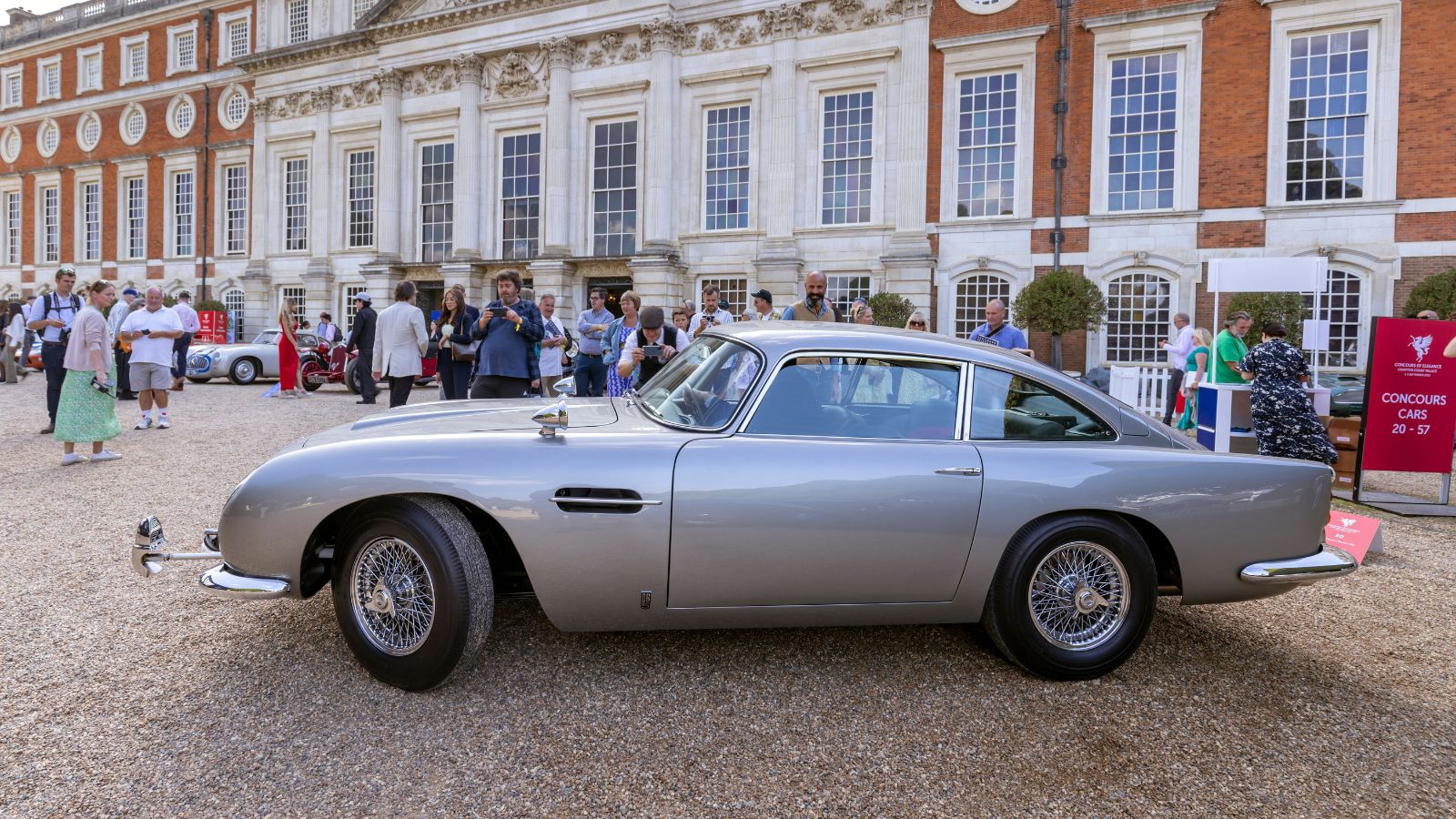
Tadek Marek’s straight six for Aston Martin was a masterpiece of British engineering. Introduced in the late 1950s, it powered iconic cars like the DB4 and the DB5, the latter forever immortalized as James Bond’s car in Goldfinger. Displacing between 3.7 and 4.2 liters and producing up to 325 horsepower in Vantage tune, the engine delivered both refinement and power. It was smooth on long highway drives yet eager when pushed, giving Aston Martin’s GTs their unique blend of luxury and performance. The engine’s association with James Bond elevated it to pop culture fame, making it one of the most recognizable straight sixes in history.
BMW M88 – BMW M1, M635CSi, and M5

BMW’s M88 straight six took the company’s motorsport know how and distilled it into a road going engine. Based on the M30 block but heavily reworked, it featured a DOHC cylinder head, four valves per cylinder, and individual throttle bodies. In the BMW M1 supercar, it produced 273 horsepower, while later versions in the M635CSi and E28 M5 made 286. It revved freely, sounded glorious, and brought racing technology to road cars in a way few engines had before. The M88 is a perfect example of how BMW turned the straight six into an icon of performance engineering.
Jeep 4.0L AMC Straight Six – Jeep Cherokee and Wrangler

The Jeep 4.0 liter inline six is one of the most beloved utility engines ever built. Introduced in 1986, it produced around 173 to 190 horsepower and plenty of low end torque, perfect for off road work. It powered generations of Jeep Cherokees, Wranglers, and Comanches, earning a reputation for toughness and longevity. Many owners report these engines running for 400,000 kilometers or more with only routine maintenance. Its simplicity and durability made it a favorite among off road enthusiasts, and it remains one of the most respected American straight six engines ever made.
Ferrari Dino 206 SP Inline Six – Ferrari Dino Prototypes
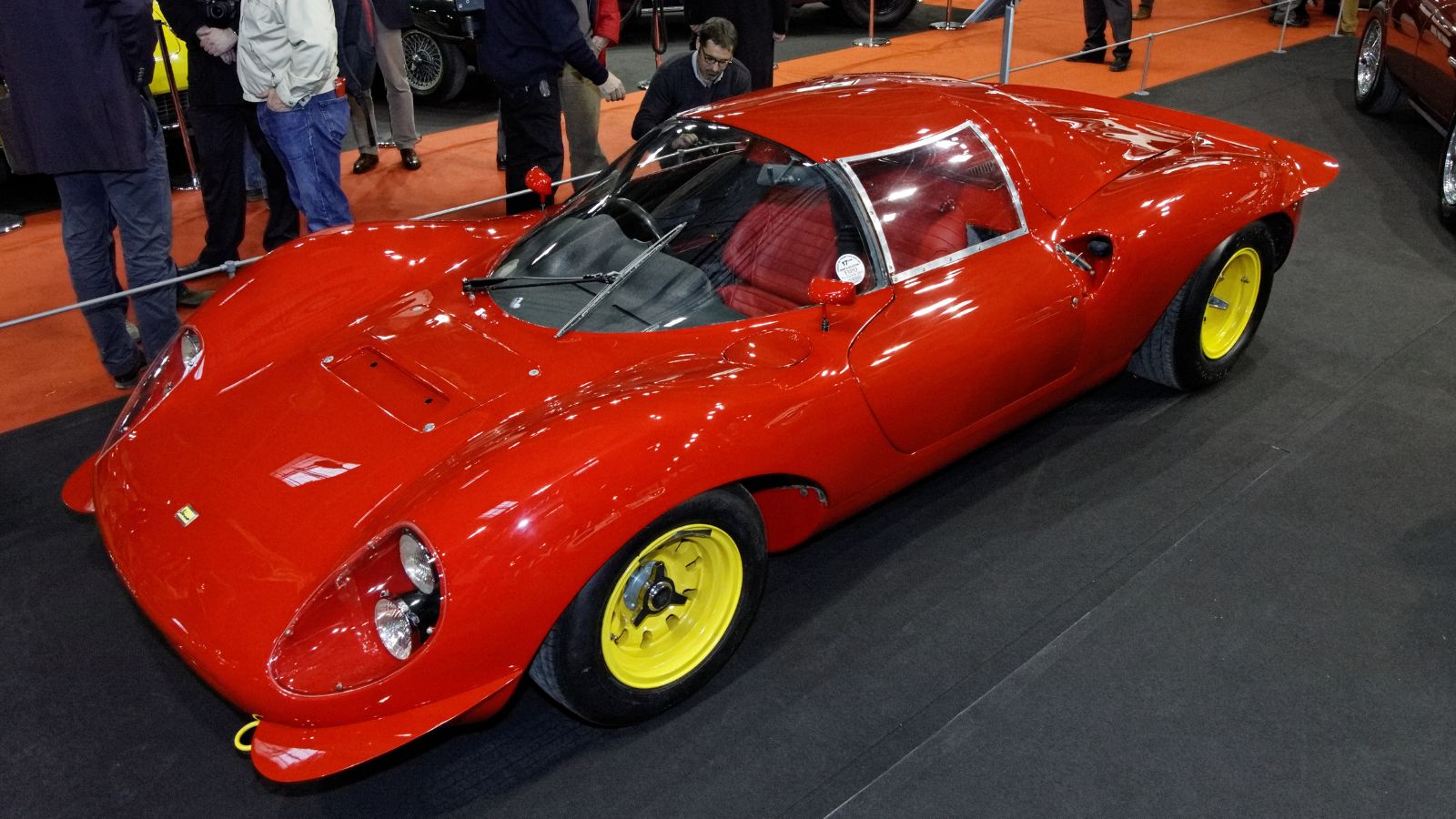
Before Ferrari’s Dino line became famous for V6s and V8s, there were experiments with inline sixes. The Ferrari Dino 206 SP of the mid 1960s featured a 2.0 liter straight six designed by Alfredo “Dino” Ferrari. Though not widely produced, it showcased Ferrari’s willingness to experiment with compact, high revving six cylinder engines. Producing around 220 horsepower from just two liters, it was a marvel of engineering at the time. While overshadowed by Ferrari’s V12s, the Dino inline six remains a fascinating part of Ferrari history and proof that the configuration had a place even in the world of exotic supercars.
Straight Sixes Forever

The straight six layout is one of the most naturally balanced engine designs, which is why it has been cherished by engineers and drivers alike. From the durability of the Chrysler Slant Six and Jeep 4.0 to the high revving brilliance of the BMW S54 and Toyota 2JZ, these engines show just how versatile the layout can be. Modern brands like BMW and Mercedes have brought the configuration back with advanced turbocharging and hybrid systems, proving it still has a future. For enthusiasts, the straight six remains one of the purest ways to experience performance, smoothness, and mechanical beauty all at once.
25 Facts About Car Loans That Most Drivers Don’t Realize

Car loans are one of the most common ways people fund car purchases. Like any other kind of loan, car loans can have certain features that can be regarded as an advantage or a disadvantage to the borrower. Understanding all essential facts about car loans and how they work to ensure that you get the best deal for your financial situation is essential. Here are 25 shocking facts about car loans that most drivers don’t realize:
25 Facts About Car Loans That Most Drivers Don’t Realize
